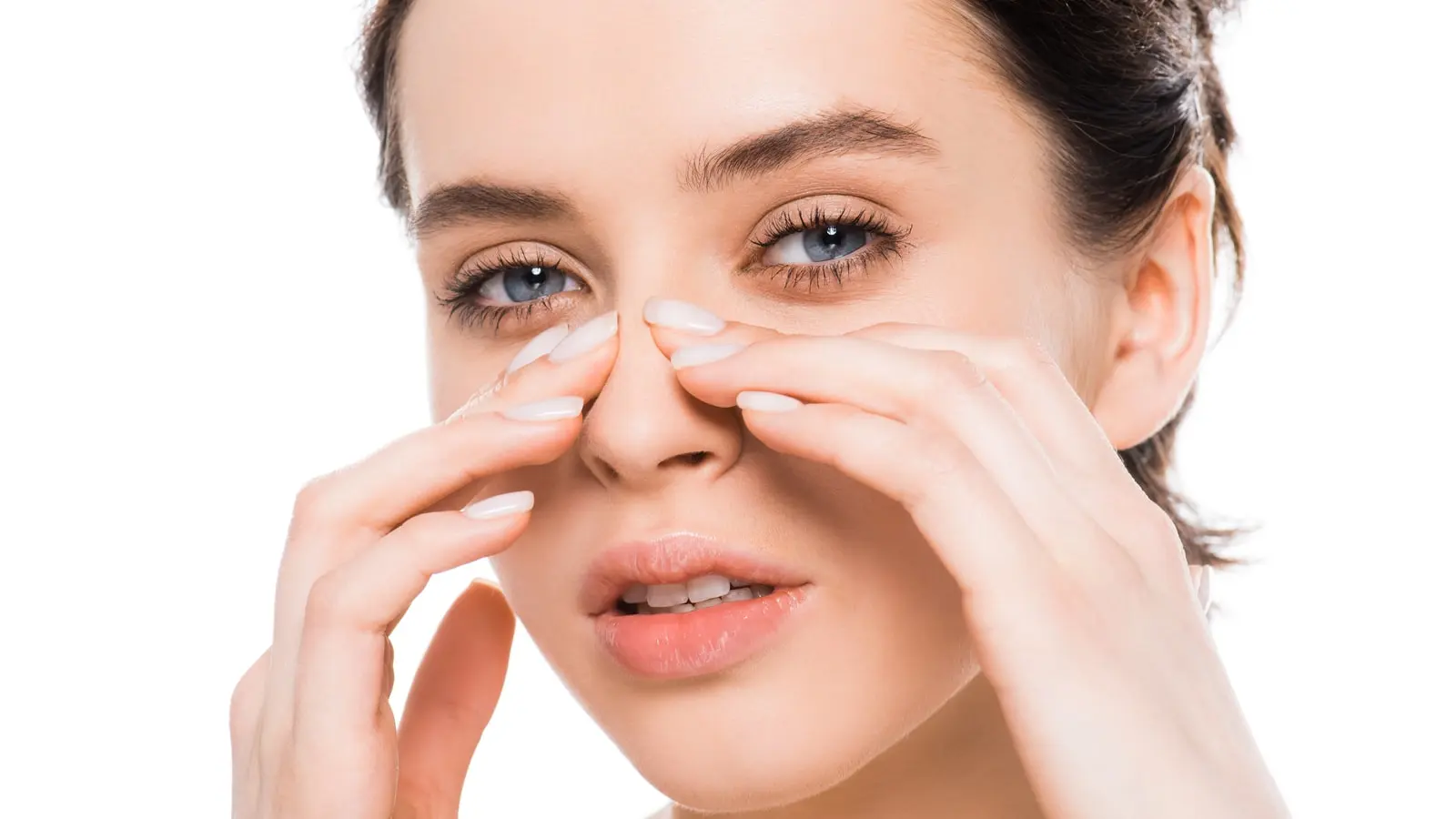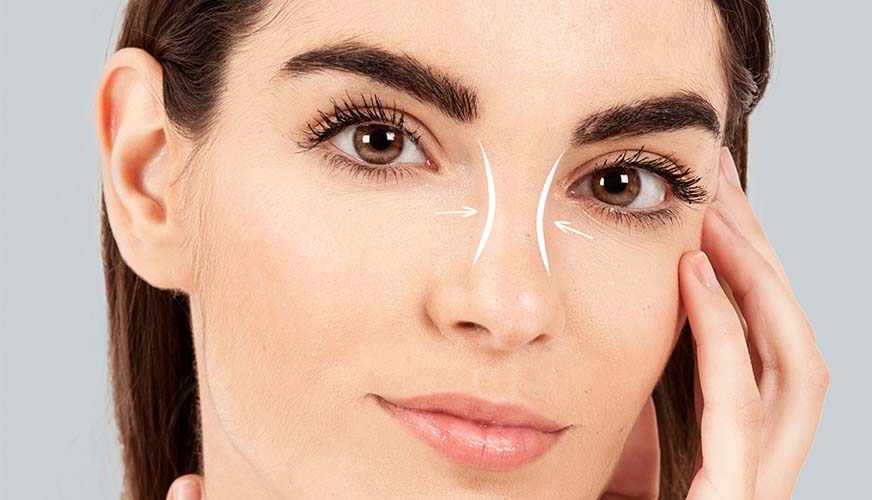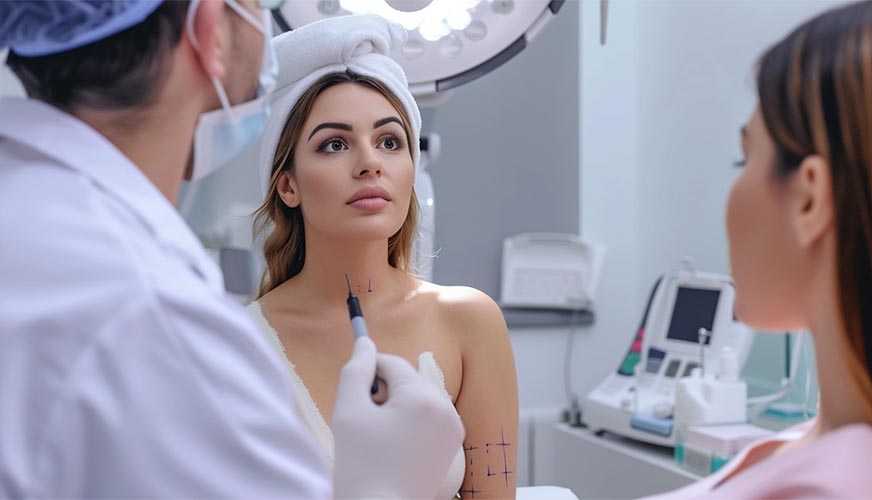22 August 2024
Nasal septum curvature surgery
- 1708
- 17 August 2024
Rhinoplasty (Nose Aesthetics) in a new era
Rhinoplasty (Nose Surgery) was firmly adopted by European surgeons at the beginning of the 19th century. British Rhinoplasty surgeon (nasal aesthetic surgeon) C.K. Carpue (J.C. Carpue) mastered the technique of nose reconstruction in Calcutta. He perfected the technique of rhinoplasty while practicing surgery in London. German Rhinoplasty surgeon Carl Ferdinand von Graefe (father) (Carl Ferdinand Graefe, 1787-1840) in 1811 performed a partial rhinoplasty (nasal aesthetic) operation from the skin of the cheek, he took skin from nearby areas and reconstructed the little girl's nose. restored the tip. New methods of rhinoplasty (nose surgery) have begun to be adopted in Germany. In 1816, Grefe restored the nose according to the method of G. Talyakossa. The new Italian method has begun to revive. Another service of Grefe is that he returned the previous attention of surgeons to the Italian method of rhinoplasty (nose surgery) and led to the emergence of new methods of rhinoplasty (nose surgery). Grafen's new Italian method and Capriu's Indian method were widely used by surgeons in Europe until the aseptic era. These surgeons introduced their own improvements to the tissue cutting technique. For example, it is known that Byunger in 1823 cut a piece of skin from the thigh of a patient and transplanted it to the nose; but a large part of the skin piece has matured, but a partial adhesion of the tissue has also occurred.
HISTORY OF NOSE SURGERY (RHINOPLASTIC).
However, only Johann Friedrich Differbach (Dieffenbach Johann Friedrich, 1792-1847) brought high value to plastic surgery by teaching surgeons to apply the basics of plastic surgery in various forms of disease and stopped approaching this issue from a cosmetic point of view, which would play only a secondary role in any case. The last step, and in many respects no less important, was the first use of the periosteum (connective tissue membrane covering the bone) during plastic surgery to fill the missing bone base in damaged or underdeveloped areas (especially in the nose and palate). Bernhardt Rudolph Konrad f., who achieved good results. Thrown by Langenbeck (B.R.K. Langenbeck, 1810-1887). It is based on the active development of bone marrow in bone regeneration. In 1887, the American J. Rock performed an operation on the correction of the tip of the nose and published the results of the operation along with a description of its technique. V. A. Karavayev, A. A. Kiter, P. Y. Nemmert, etc. with the problems of rhinoplasty (nose aesthetics) in the Russian Empire. as his students and followers were engaged. Kyiv professor Vladimir Afanasyevich Karavayev proposed 12 original operations, among which plastic operations prevail. His article entitled "Rhinoplasty (Nose Surgery), creation of the right side of the nose, right hole and septum" was published in the magazine "Friend of Health" published in 1840. In this article, he also provided information about the methodology of his surgery. "A piece of skin taken from one place and transferred to another place," V. Karavayev wrote, "submits to the new effects of life, therefore it accepts another life and a completely different organism, different from the previous one." If one were to study the reconstructed septum of the nose, which now has the strength of cartilage and acts as an excellent support for the tip of the nose, one would believe that it could arise from the fatty and soft skin of the cheek." V.A.Karavayev also described the method of straightening the bridge of the nose from a piece of skin taken from the forehead, the method of restoring the defect of the nasal wing, creating a nasal septum from the upper lip.
RHINOPLASTICS (AESTHETIC SURGERY OF THE NOSE)
During rhinoplasty (nose aesthetics), long-term rehabilitation (in case of injuries, diseases and congenital defects) was pursued by surgeons, and aesthetic factors accompanied only the main goal. Here, at the end of the 19th century, they began to perform operations, taking into account the aesthetic aspects. John Orlando Roy (1848-1915), a doctor from Rochester who opened the first path in this matter, described the method of correcting the hazel nose. He proposed the closed method of operation for the first time. He also developed the technique of subcutaneous correction of the nose profile, reduction of its size and removal of the hump. A little later, the work of Jacques Joseph, who shared the name of the father of aesthetic rhinoplasty (nose aesthetics) with Roy, was published on a similar topic. It was he who formed the basic principles of corrective and reconstructive operations on the face.
In 1900-1901, information about the successful transfer of nasal septal cartilage during the correction of saddle-shaped deformity of the nose was published. Dr. Tsope, Khutsidze Vakhtang Galaktionovich (plastic surgeon, otorhinolaryngologist), who performed closed nose operations starting in 1965, was a legendary plastic surgeon of the Soviet era, the documentary film "Make Me Beautiful" filmed by Moscow documentary filmmakers in 1984 reflected his work.
Nose Aesthetics
Aesthetic surgery aims to restore a person's appearance. Aesthetic nose surgery or "Rhinoplasty" (surgical correction of nasal defect) is the reshaping of the nose to restore the appearance of a person. Restorative rhinoplasty is performed to restore a shape defect caused by a birth defect or injury. Reconstruction surgery may also be necessary in noses that are badly damaged after surgery, usually collapsed. Rhinoplasty can also be performed in conjunction with an operation to relieve nasal obstruction based on an internal shape defect.
PREOPERATIVE ASSESSMENT
The first step for anyone considering rhinoplasty is to consult a plastic surgeon. She should openly discuss her prospects for looking and feeling better after surgery, bearing in mind that her desired outcome is recovery, not flawlessness. One of the most important factors to be determined before any cosmetic surgery is emotional balance. Rhinoplasty can change the shape of your nose, but it can't change your life. Cosmetic surgery restores your appearance and boosts your self-confidence, but what comes next is up to you. After the physical examination of the nose, the surgeon will discuss with you other changes that may affect the decision about the method. During the first meeting, the surgeon will explain specific details about your situation, such as the surgical technique to be used, anesthesia, where the surgery will be performed, and what can be realistically achieved with this surgery. Every year, thousands of rhinoplasty surgeries are performed successfully. Again, you should be informed about the possible dangers of the operation and the specific risks associated with rhinoplasty. Rarely, complications (such as infection) may occur after the first operation to restore the appearance. A second operation may be required during late recovery. The risk of complications is reduced by carefully following the surgeon's advice during the recovery period. Rhinoplasty costs and hospital prices vary greatly. During your first appointment with your plastic surgeon, you should be careful to get complete information about the following topics: Medical treatments you will receive, Your medical treatment in terms of nutritional supplements and herbal medicines you will take, Allergies that may cause conditions that may cause shortness of breath or shortness of breath. , How will you use the nasal sprays that help to relieve shortness of breath? If the aesthetic nose surgery is decided as a result of the meeting and your surgery date is determined, your surgeon will inform you about the things you will do before and after the surgery: You should stay away from some medical treatments that will complicate your surgery or your recovery period. Do not take aspirin and alternative medicines for 10 days before the operation. Do not smoke during the specified period before and after the operation. You will be informed about the procedures for assistance and care after the operation. OPERATION METHOD nose The technique to be used for the operation is not only the choice of your surgeon, but the results of your operation. depends on what you expect and your odds. The surgeon must prepare the shape of the nose that he deems appropriate for you on the computer, present it to you and assess whether it meets your wishes (The work performed on the computer is just planning. Patients should not consider it as a promise) Aesthetic rhinoplasty: reducing or enlarging the size of the nose, reshaping the tip, restoring the hump of the nose It is applied in order to adjust the angle between the upper lip and the nose. In some cases, it is necessary to add tissue to the face (forehead, cheekbones, chin, etc.) in order to restore the contour. One or all of these changes are done in one operation. The method is based on what changes are desired and what the surgeon sees fit. The operation can be performed in an outpatient treatment center or hospital with the advice of your surgeon. Many incisions in rhinoplasty are placed inside the nose feathers and worked on there. This is called "closed rhinoplasty". In other cases, the surgeon performs open rhinoplasty by making a small incision in the strip that separates the nostrils in front of the columella.
In other cases, the surgeon performs open rhinoplasty by making a small incision in the strip that separates the nostrils in front of the columella. The incision provides a gateway for the surgeon to move to cut, smooth, reshape, and alter the appearance of bone and cartilage. The hump of the nose is flattened with a chisel or a saw-like tool, and then the nasal bones on both sides are cut closer together with a chisel to form a narrower bridge. Cartilage incisions make the tip of the nose smaller and create a better contour. In order to correct the angle between the root of the nose and the upper lip, the tip of the nose is raised as much as necessary. This procedure is performed by smoothing the cartilage in the middle of the nose through an incision made in the feathers. If a large hump at the top of the nose is corrected, the bottom of the nose will be disproportionately wide. In some patients, structurally, the nose is sub-wide. For narrowing, small triangles of skin are removed from the lower part and the nasal feathers are approximated in the midline. After the cartilage and mucous membranes are closed, the nose is bandaged. After that, a plaster bandage is applied to the nose to protect the bones and cartilage in their new condition. Nasal tampons may be placed to protect the middle cartilage of the nose, especially if surgery has been performed on the middle cartilage (deviation). We haven't been using tampons lately. The operation usually lasts an hour and a half to two hours, but depending on the operation, the operation time may be longer.
What can be changed with surgery?
If you have a bump on your nose, it can be removed. If the tip of the nose is low, the tip of the nose can be lifted. If the tip of the nose is too high, it can be brought back to normal. , everything on your face should be in harmony with each other. Just as your nose affects the appearance of your eyebrows, the distance between your lips and your nose is also a very important factor. It's not an idea. It's kind of like having someone make a dress you like and then wearing it and seeing that it doesn't fit you. Maybe it's a crude analogy. But it's a reality. So what to do? Choose a nose shape that suits the person. It is necessary. Most of you see *before and after* photos. Photos taken from the profile have the characteristic of showing the structure and changes of the patient's nose. Many doctors can show how the nose will look like after the operation using special programs on these photos. But this is not 100% It cannot guarantee that it will happen in this way. I must also say that there must be a special sincerity between the doctor and the patient. The reason for this is that the patient enters the operation with confidence in the doctor. So, if the doctor says to the patient that he will cut or mow, this means that the patient already knows the doctor. can create the situation of being seen as a butcher. wink This may seem funny to many of you, but it is a reality. The most basic rule for nose surgery is to look as natural as possible.




